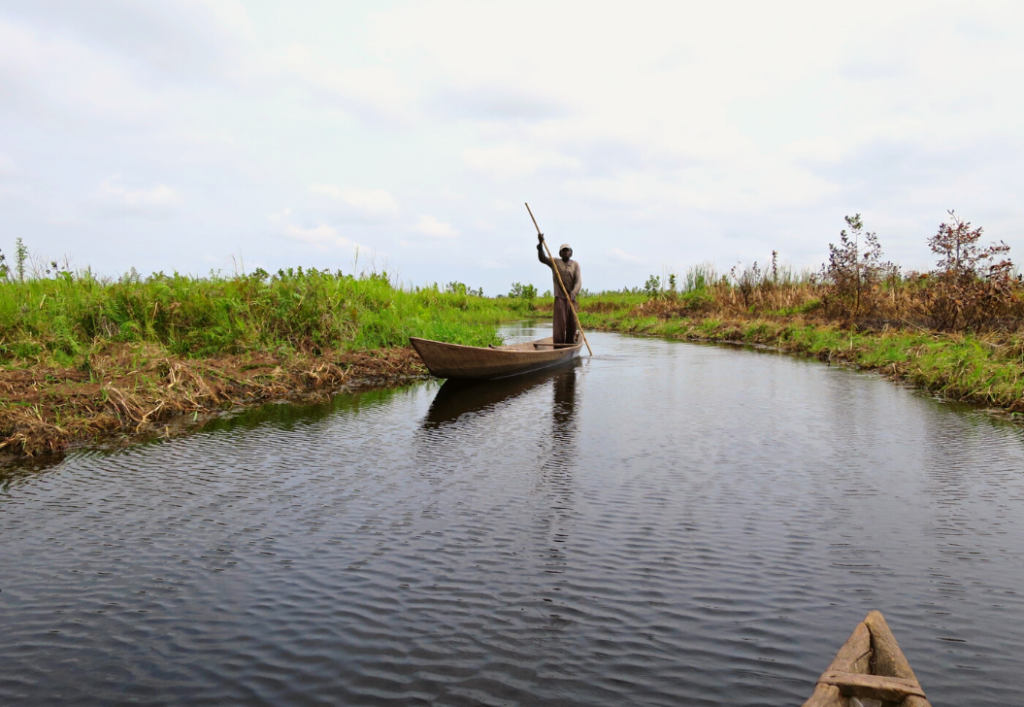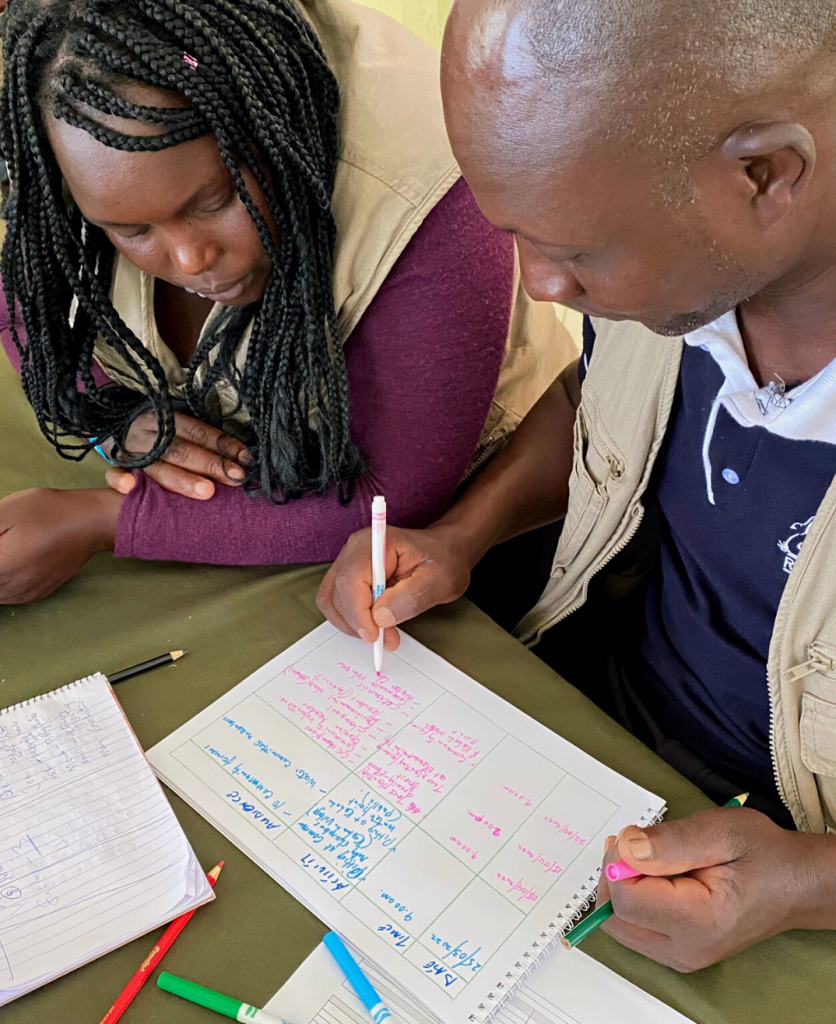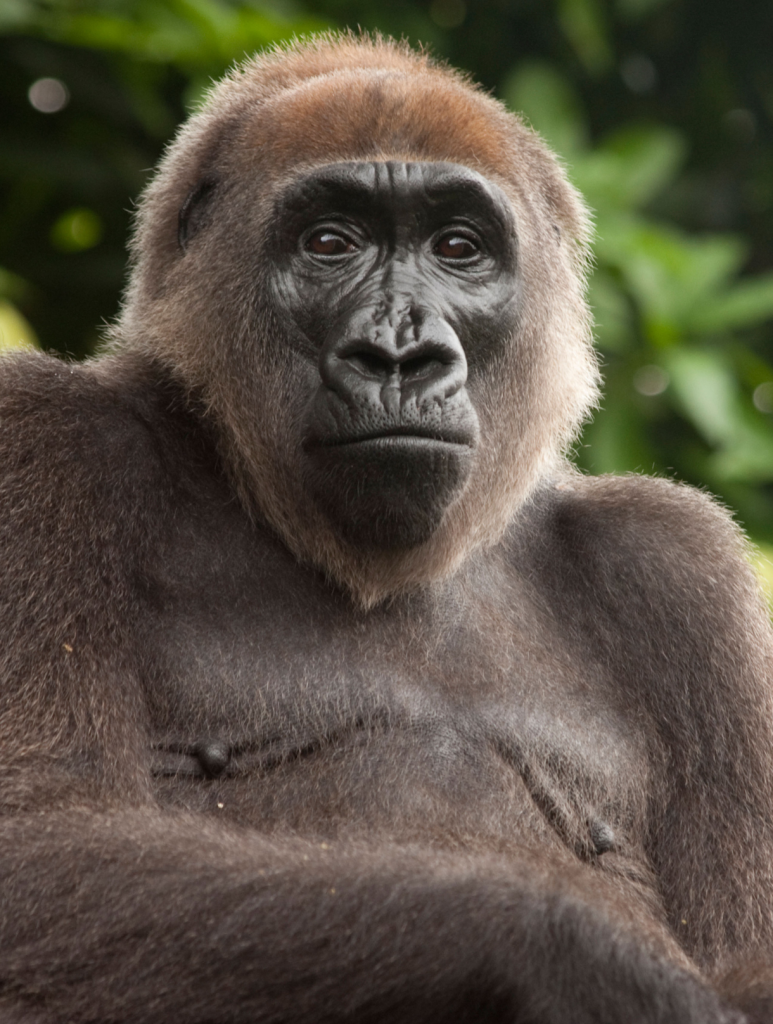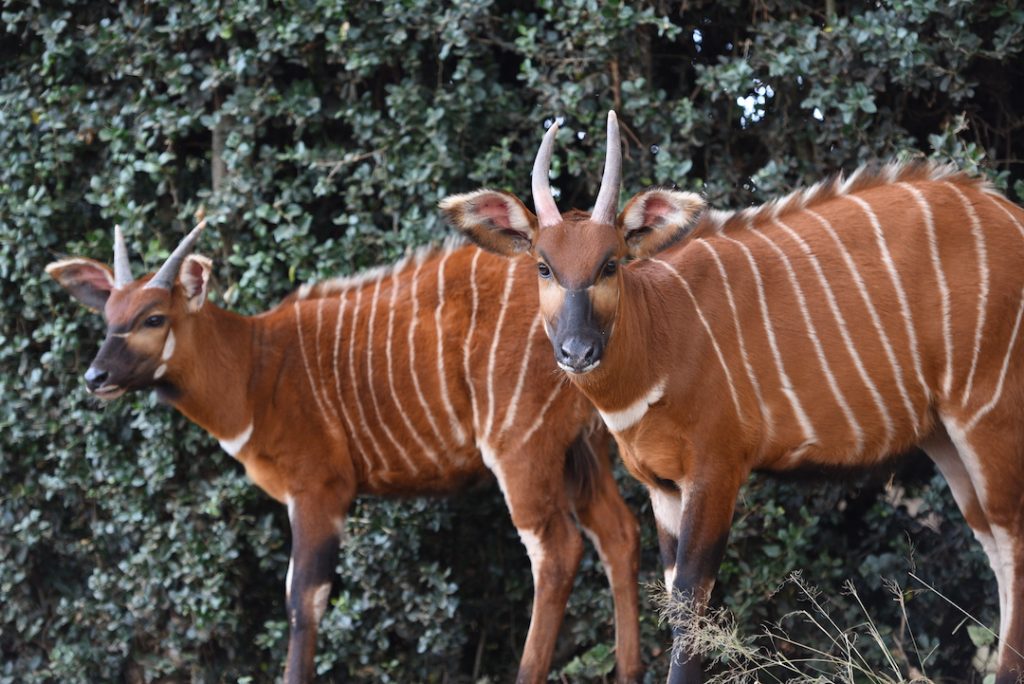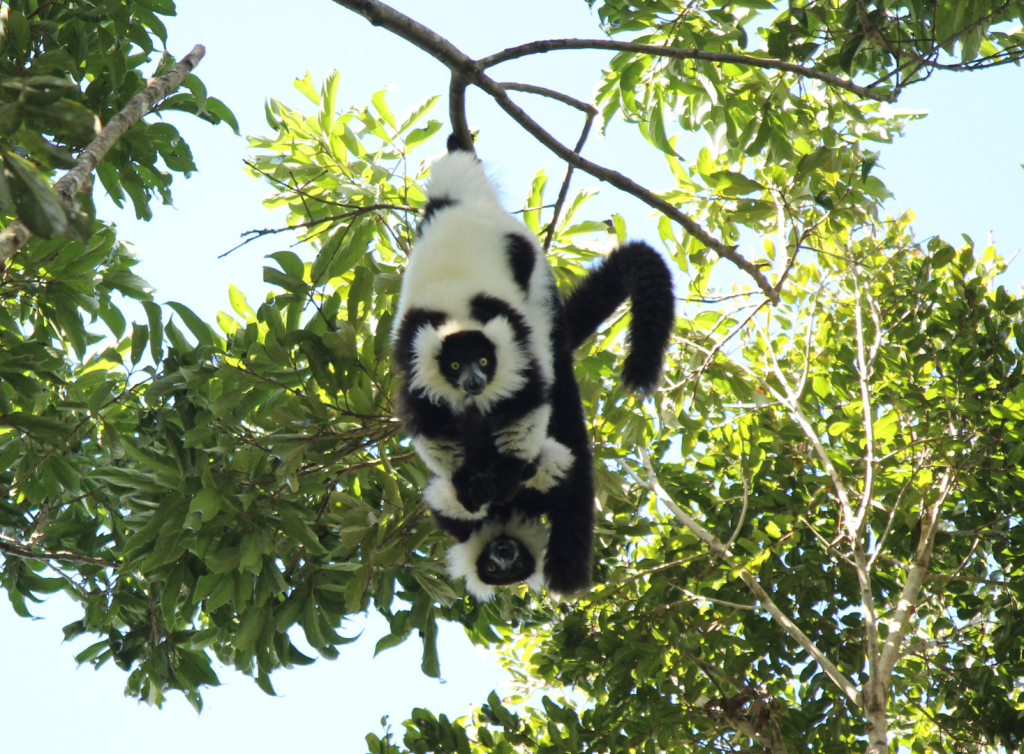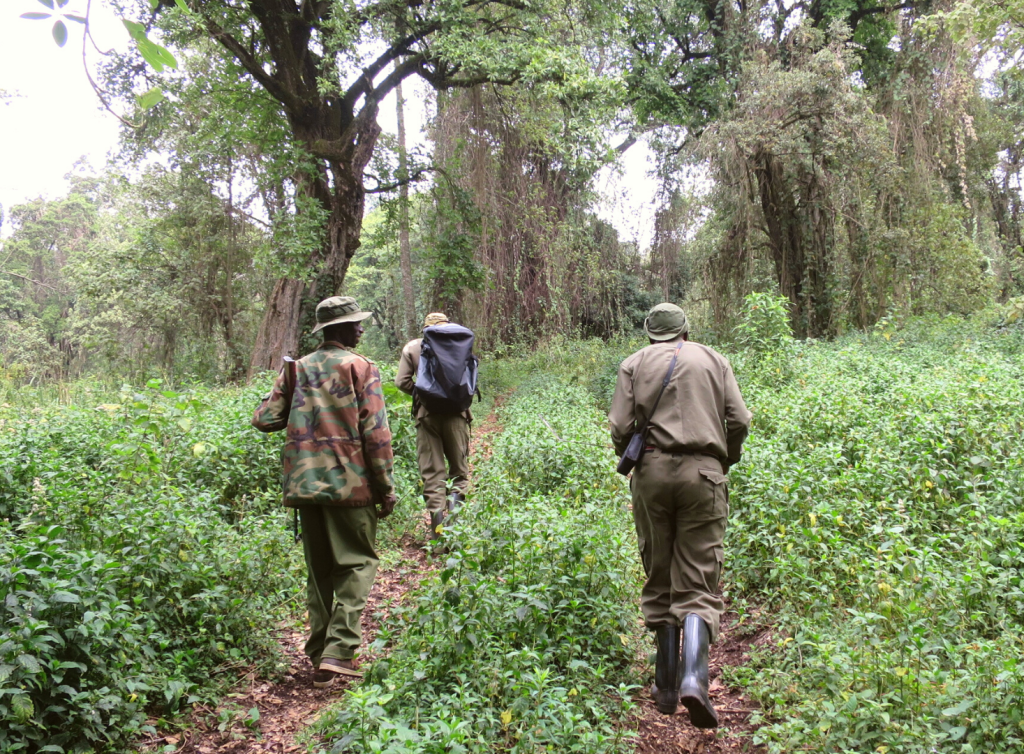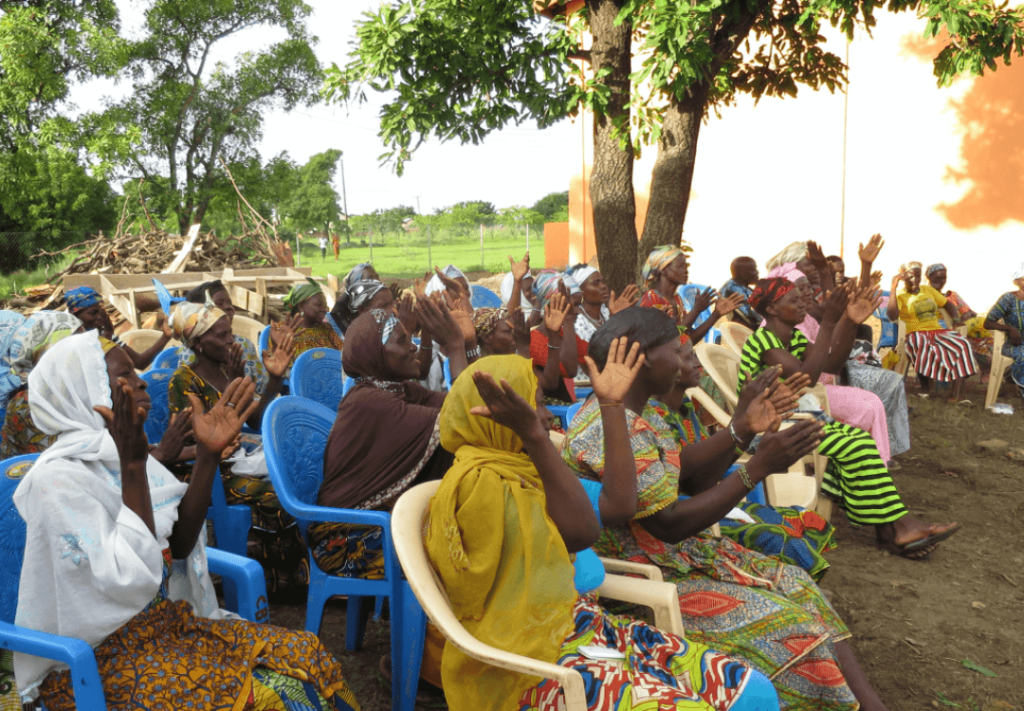Our experience over the past several decades clearly illustrates the direct involvement of local communities in conservation programs is an approach that works. Communities must have a reason – often an economic one – to protect their wildlife. Creating sustainable employment opportunities, focusing on education, building capacity, and improving the quality of life for community members in ways that protect biodiversity is the key to success. When people prosper, nature benefits.
Our Approach
Community Conservation Goals
Community-based Conservation is built on the idea that socio-economic benefits and community engagement can alleviate poverty and improve human welfare while supporting conservation efforts and reducing threats to biodiversity. Since 1996, the Wilder Institute has been working with communities to identify win-win scenarios to benefit wildlife and people simultaneously. Identifying solutions that can make a real difference requires time, patience and trust. Community Conservation initiatives involve collaborations with in-country organizations and/or long-term on-the-ground support by Wilder Institute staff to ensure full integration with the local community.
Our Principles
Sustainability
The ultimate goal of all our community conservation programs is to achieve social, economic and ecological resilience and self-sufficiency, so the initiatives can function independently, without reliance on external finances or expertise.
Social Inclusion
Through our work we seek to ensure equity in the sharing of costs, benefits, responsibilities, recognition, and decision-making. Our community-based conservation efforts aim to protect the vulnerable and ensure no one is excluded from conservation-derived opportunities. Therefore, we take a socially-inclusive, gender-responsive approach to foster cultural diversity and inclusivity for all groups.
Ownership
We believe natural resources should be owned and managed by local communities.
Partnerships
We build long-term relationships with local and international stakeholders, working collaboratively to share knowledge, methods and tools.
Tangible benefits
We create meaningful opportunities leading to definitive improvements for both people and nature as a whole.
Evidence-based results
We engage in long-term monitoring and adaptive management with measurable outcomes that can be carefully evaluated.
Community conservation initiatives
The Wilder Institute is currently involved in four Community Conservation initiatives in Africa. We are also involved in two projects to learn more about effective community conservation strategies. Learn more below.
Our process
The Wilder Institute provides knowledge for measuring species status, identifying threats and designing actions to remove these threats. We also carefully evaluate livelihood outcomes. Our team works collaboratively with many conservation partners around the world. We advance conservation science by sharing the research and tools we have developed with other practitioners.
Expected results
To be successful and viable in the long-term, community conservation must foster linkages between human well-being and environmental health, as well as cultivate economic, social, and ecological mechanisms of resilience for all.
We aim for improvements in five elements:
- Biological benefits: direct improvements for the species or habitat targeted for protection or for nature generally
- Biological resilience: capacity to perpetuate biological benefits in the long term
- Socio-economic benefits: tangible and intangible improvements to the local quality of life for people
- Socio-economic resilience: ability of these benefits to persist and continue yielding benefits over the long term
- Linkage mechanisms: continued integration of development and conservation in each community

